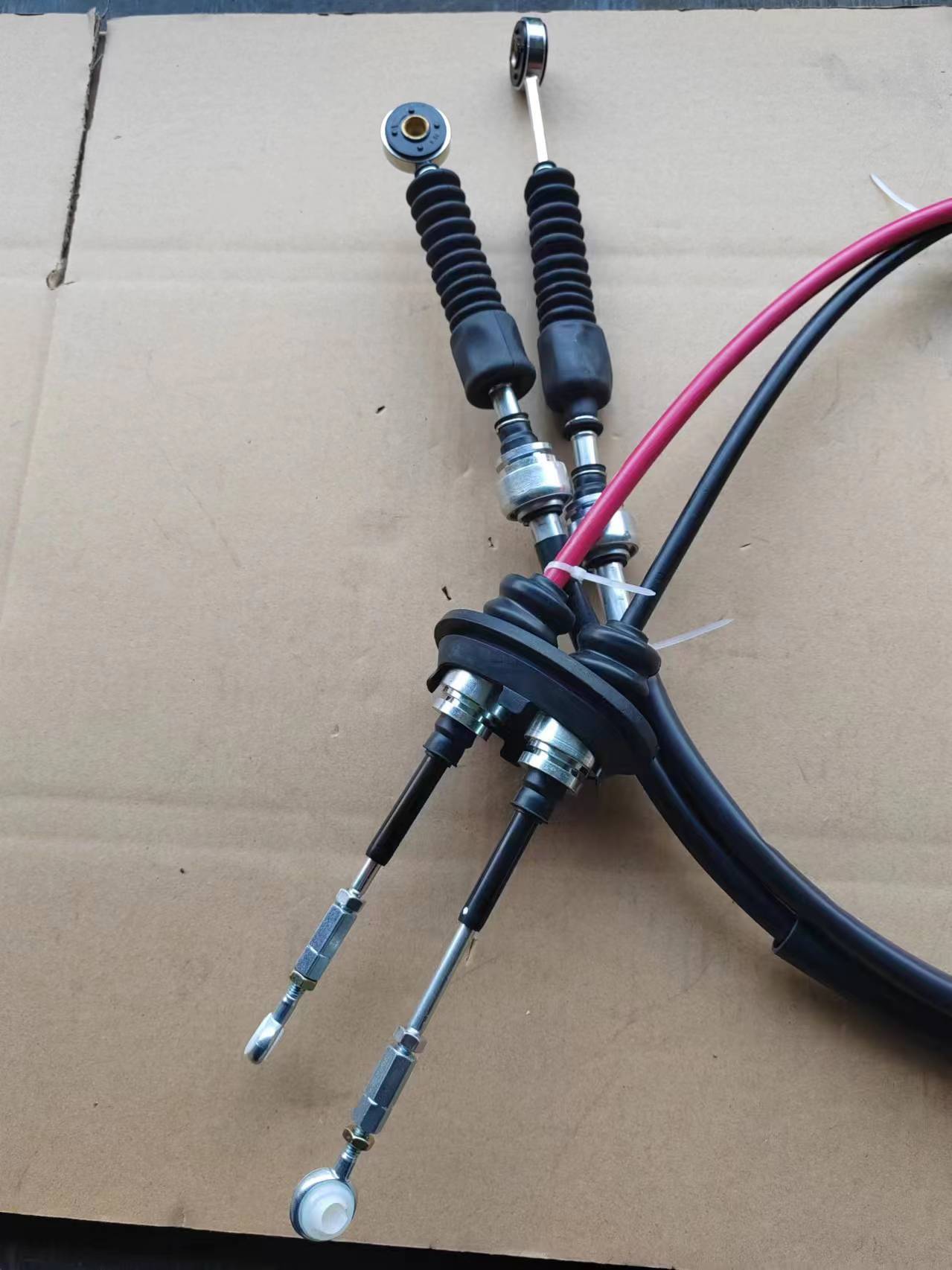rear derailleur cable
Understanding Rear Derailleur Cables A Key Component of Bicycle Performance
When it comes to cycling, every component plays a crucial role in the overall performance of the bike. One often overlooked yet vital part is the rear derailleur cable. This thin cable acts as the critical link between the gear shifters on the handlebars and the rear derailleur at the back of the bike, allowing for smooth and precise gear changes. Understanding the function, maintenance, and types of rear derailleur cables can significantly enhance your cycling experience.
The Function of Rear Derailleur Cables
The primary function of the rear derailleur cable is to transmit the rider's input from the shifter to the derailleur. When you shift gears, the shifter pulls or releases the cable, which moves the derailleur in accordance with the selected gear. The derailleur then guides the chain onto the appropriate cog, allowing for a change in gear ratio. This mechanism ensures that riders can adapt to different terrains and riding conditions, making it a fundamental aspect of cycling.
Proper tension in the derailleur cable is essential for accurate shifting. If the cable is too loose, the derailleur may not move sufficiently, leading to missed shifts. Conversely, if it is too tight, it can cause unwanted pressure on the derailleur, resulting in poor shifting performance or even damage to the components. Regular checks on cable tension can prevent these issues and ensure a smooth ride.
Types of Rear Derailleur Cables
There are different types of rear derailleur cables available, with variations primarily in their construction and materials. Most cables are made from stainless steel for durability and rust resistance. However, some higher-end cables may feature coatings that reduce friction and enhance performance. For example, Teflon-coated cables provide a smoother operation which can improve shifting effectiveness and reduce wear on the system.
rear derailleur cable

Moreover, the choice of cable housing is equally important. The housing is the casing that encases the cable and provides structure. Different types of housing, such as standard PVC, are commonly used but may not provide the best performance under all conditions. Compression-proof cables, often made of aluminum or special composites, offer better performance as they reduce cable flexing and maintain tension, especially when shifting under load.
Maintenance of Rear Derailleur Cables
To ensure optimal performance, regular maintenance of your rear derailleur cables is indispensable. Over time, cables can fray, stretch, or corrode, impacting their effectiveness. Inspecting the cables for signs of wear is essential. Look for any fraying or rough spots, as these may indicate that it's time for a replacement.
Cleaning the cables and housing can also help maintain performance. Dirt and debris can accumulate in the housing and impede the smooth motion of the cable. Regularly wiping down the cables and ensuring that the housing is free from obstructions can go a long way in preserving their integrity.
When replacing a rear derailleur cable, it is advisable to use a cable cutter for a clean cut, which prevents fraying. Consult your bike's manufacturer specifications for the appropriate length and type of cable to ensure compatibility with your shifters and derailleur.
Conclusion
In conclusion, the rear derailleur cable may seem like a small component, but its significance in the world of cycling cannot be understated. Understanding its function, types, and maintenance can lead to improved shifting performance and an overall enhanced cycling experience. By ensuring that your rear derailleur cable is in good condition, you can enjoy seamless rides and tackle various terrains with ease, making the most of every cycling adventure.
-
Workings of Clutch Pipe and Hose SystemsNewsJun.04,2025
-
The Inner Workings of Hand Brake Cable SystemsNewsJun.04,2025
-
The Secrets of Throttle and Accelerator CablesNewsJun.04,2025
-
The Hidden Lifeline of Your Transmission Gear Shift CablesNewsJun.04,2025
-
Demystifying Gear Cables and Shift LinkagesNewsJun.04,2025
-
Decoding Clutch Line Systems A Comprehensive GuideNewsJun.04,2025
